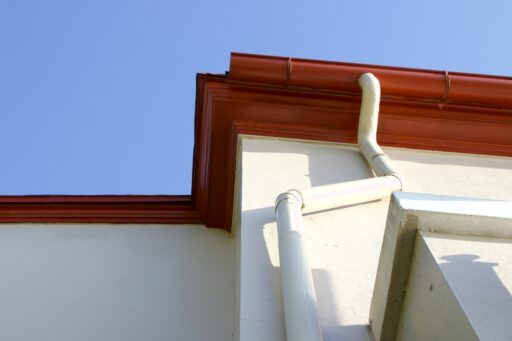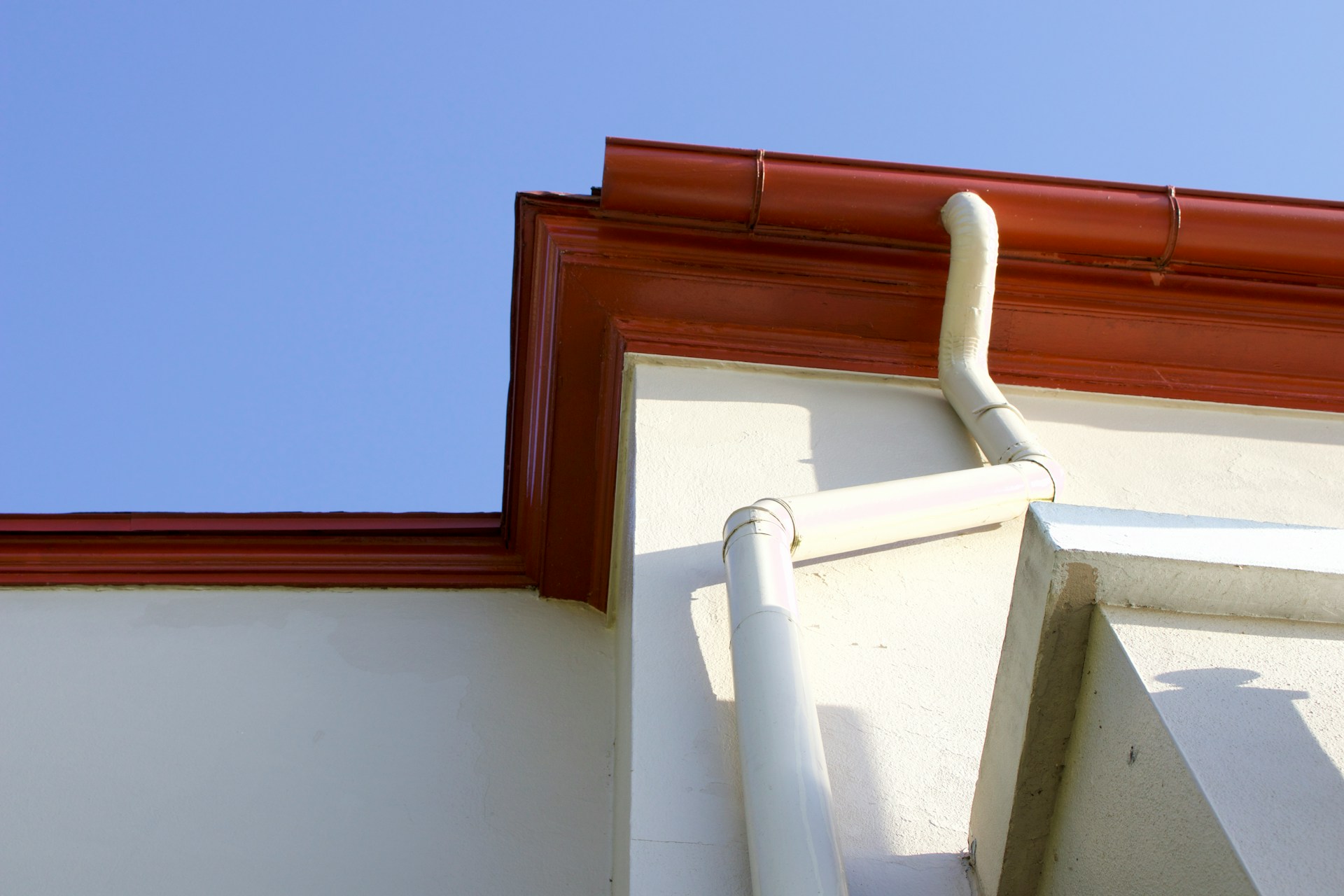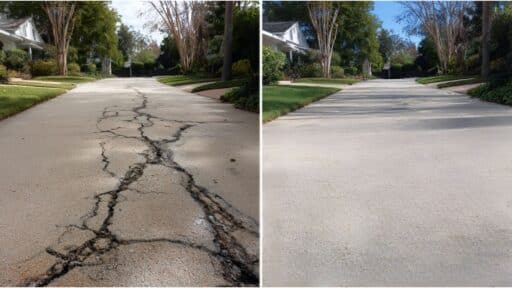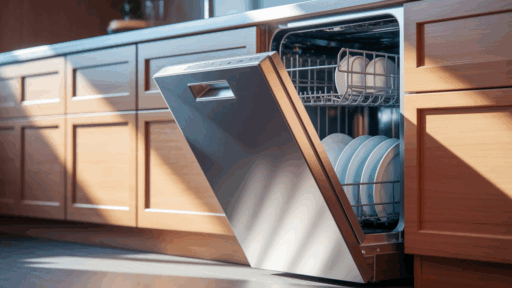Most homeowners tend to underestimate the effects of water damage, especially in areas that receive frequent and heavy rainfall. A persistent assault of water and the consequent water pooling cause significant damage to a home’s roof, exterior, and foundation. Unmanaged rainwater is a major cause of structural issues like mold, mildew, cracked walls, and leaks that lead to extensive foundation repairs in the long run. They affect the indoor air quality, hygiene, and comfort, and even threaten the stability and safety of the home’s structure.
People prioritize sump pumps, basement waterproofing, and drainage systems, but forget about gutter systems, an effective preventive measure for water damage. A fully functioning gutter system diverts rainwater and keeps the basement dry. It prevents water seepage and maintains the home’s health and longevity. This blog discusses how gutter systems effectively prevent foundation damage and basement flooding. Homeowners must understand the role of gutters in preventing these two extensive issues and ensure proper installation and maintenance to protect the entire home.
How Water Damages Foundations and Basements
When rainwater is not properly drained away from the home, it accumulates around the foundation. Over time, water saturates the soil and puts lateral pressure on the foundation walls. This pressure gradually weakens the foundation, causing cracks, bowing, and shifting. Cracked walls, uneven floors, and gaps around the doors and windows are signs of foundation damage. Long-term water pooling leads to moisture issues like high humidity, mold, musty smell, and wood rot that affect respiratory health and further weaken the foundation’s structures.
Poor drainage also leads to water in the basement. Over time, the water pooling at the base of the home makes its way through the cracks and porous concrete. It leads to high moisture and standing water in the basement. It damages your personal belongings in the basement, affects indoor air quality, and weakens the basement walls and floors. Water damage is one of the costliest repairs for homeowners. If left untreated, it might make the home uninhabitable or harder to sell due to reduced property value. Homeowners should protect their homes from water damage, starting with proper gutter systems, to improve livability and maintain the market value of their property.
Understanding the Role of Gutter Systems
Gutters are simple yet effective structures attached to the roof that act as the first line of defence against external elements such as sunlight, heavy rainfall, snow, and storms. Rainwater or melted snow flowing through the shingles is collected by the gutter and diverted away from the home’s foundation with the help of downspouts.
A gutter system comprises different components working together for effective water drainage. The gutter is a trough that collects and channels rainwater. It should be of appropriate size and durable materials to handle the volume of rain in your region. Downspouts are vertical pipes that channel water away from the home. They should have extensions to direct water 5-10 feet away from the home to prevent soil saturation. Gutter guards should be installed at the top of the gutter to block leaves and other debris. They ensure a smooth flow of water by preventing clogs. Splash blocks help to control soil erosion while underground drainage pipes discreetly and safely drain water farther away from the home’s foundation.
Without gutters or with damaged gutters, water cascades directly off the roof and into the home’s siding, doors, and windows, and around the foundation. Over time, water starts to pool around the base of the home and increases the hydrostatic pressure, leading to serious issues like foundation cracks and basement leaks. Sagging, leaking, and improperly installed gutters cannot drain water effectively and lead to water damage issues. A properly designed and well-maintained gutter system properly manages rainwater and prevents structural damage.
Common Problems Caused by Missing or Damaged Gutters
Missing or damaged gutters let water flow through the exterior walls, pool around the basement, and seep inside the home. Before serious problems start, there are visible warning signs of a failing gutter system that should not be ignored. First, you will notice water overflowing through the roof and onto the sides, which indicates clogs, sagging, or inadequate capacity of gutters. Water stains and mildew will be visible along the siding and exterior foundation walls.
You might notice sagging or detached gutter sections after heavy rainfall or storms. Clogged debris, ice damage, and improper installation can lead to such damage. A damp basement with a musty smell, mold, high humidity, and other damage indicates that water is not being drained away properly.
Finally, you will find puddles, soil erosion, and exposed roots that indicate that water is not diverted far enough from the foundation. You should conduct regular inspections to identify the issues and perform timely repairs to avoid costly structural damage.
Gutter Maintenance and Damage Prevention Tips
Proactive measures are essential to maintain gutters and prevent water damage to the home’s foundation. Here are some tips to ensure good health and performance of the gutters:
- The gutter gets clogged due to dirt, leaves, twigs, and other debris. Regularly inspect the gutters and keep them clean and clear to prevent overflow of water. It might also have cracks, rust, misalignment, and leaks after harsh weather conditions and seasonal changes. Make sure to schedule professional inspections and cleaning at least twice a year, during spring and fall, to ensure the health of your gutter system.
- Downspouts divert water from the home, keeping the basement and foundation safe from water intrusion. However, downspouts should be extended to divert water 5-10 feet away from the foundation to keep the surrounding area dry.
- Install gutter guards to prevent clogs from debris and damage to the gutters. You can install mesh screens, foam inserts, and surface tension covers to collect debris. It ensures smooth water flow and prevents intrusion in the home, from the foundation to the roof. It also reduces the frequency of gutter cleaning required.
- Make sure the gutters are slightly sloped towards the downspouts to ensure effective water flow. Water pooling in the gutters is a sign of poor drainage that leads to rust and leaks.
- Trim any branches over the roof to reduce the amount of debris and prevent clogging.
- Slope the land around the foundation downwards to divert water away from the home and prevent water pooling.
When to Upgrade Your Gutter System
Homeowners can easily fix minor cracks, clogs, and leaks. However, replacement might be required if the gutters are visibly cracked, rusted, or removed from the roofline. Older gutters might not have the strength to handle the volume of rain in your area or the proper sloping to divert water effectively.
Foundation issues like cracks on walls, water leaks, and dampness in the basement are signs that the gutter system is not functioning correctly. Upgrading the material and size of gutters might improve their performance and prevent leaks. Choose seamless gutters or custom-fit styles to match your home’s requirements. Investing in a proper gutter system protects your home and preserves its value for years.
Maintain Your Home’s Gutter System
The gutters are mostly overlooked, but effective and affordable measures to prevent foundation damage and basement flooding. They effectively divert rainwater from the home and prevent costly structural damage. Regular maintenance and upgrades prevent water damage and problems like mold, cracks, water stains, and high humidity. Investing in a high-quality gutter system ensures long-term cost savings in damage repairs and enhances the structural integrity of your home and its market value.








